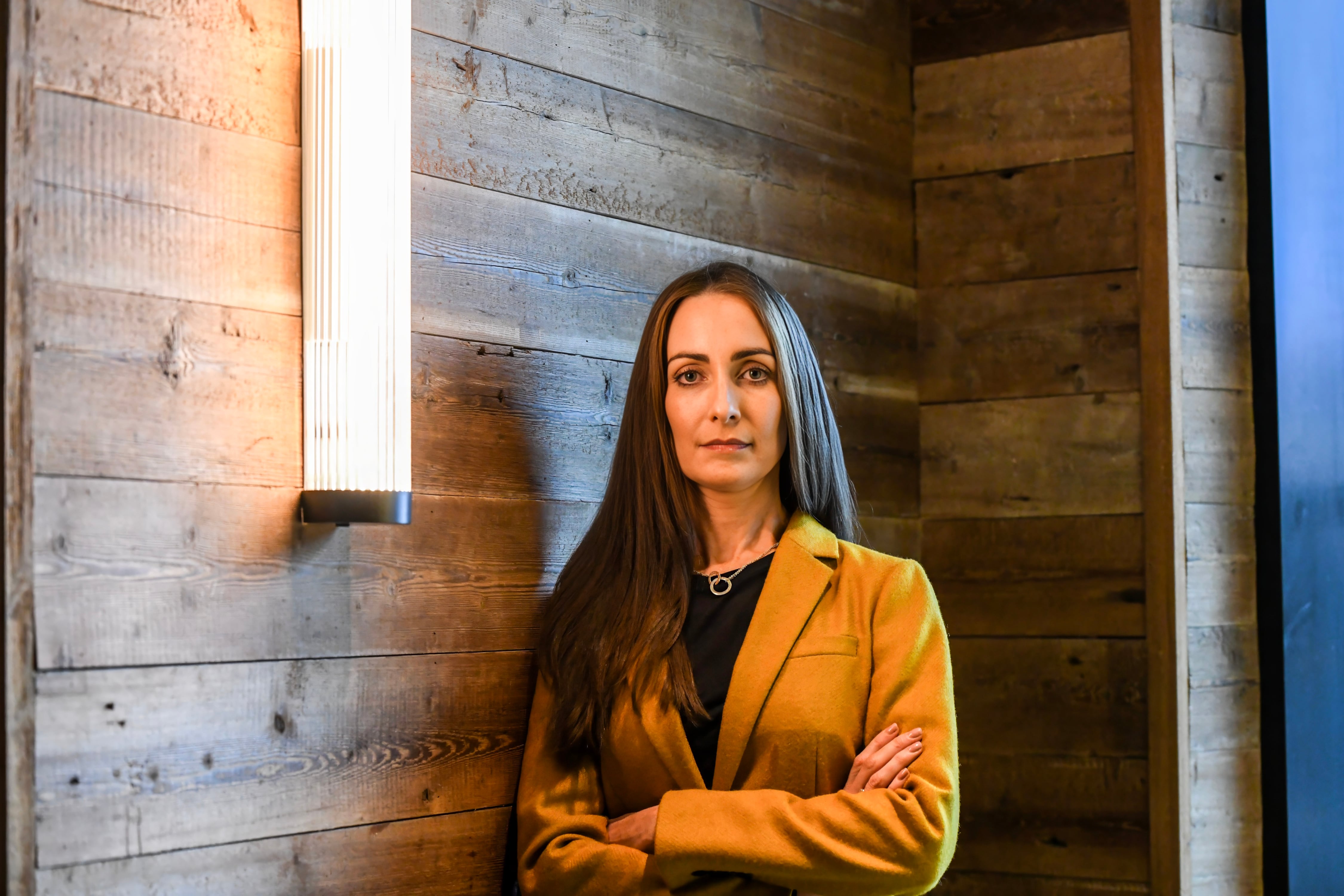In his book, The Long and Short of It, co-authored with Les Binet in 2013, Peter Field explored the blindfolded balancing act that too often plays out between brand building and tactical advertising.
The former strategic planner and now marketing consultant has achieved a global reputation as an effectiveness expert, thanks to his painstaking work interrogating the IPA database of effectiveness awards. Made up of more than 1,500 detailed case studies of award winners as far back as 1980, Field and Binet searched for patterns in relation to media choices and strategic decisions to identify the factors underpinning success.
It is this forensic, data-driven work that earned Field and Binet their industry moniker “the godfathers of effectiveness”. Field works with equivalent databases in Australia and Canada too. The findings from all three not only align but provide a valuable education on how to rise above the mediocre. That’s vital, because “being mediocre in the world of marketing is a damn expensive place to be”, he says.
Through their research Field and Binet put forward the idea that, typically, the most effective advertising is split 60:40 between brand building and activation. Rather than a hard and fast rule, however, it was always nuanced, Field says.
READ MORE
“The 60:40 rule was an observation that on average across all categories and all brands the sweet spot was when about 60 per cent of the media budget was put behind long-term brand building and 40 per cent behind driving sales now,” he says.
But it was only an average. In areas such as financial services, for example, it’s more 80:20. With charities, 40:60.
“We never claimed that 60:40 was a one-size-fits-all rule. We just had to wait a few more years before we could look in more detail and actually nuance it,” he says.

One of the questions he is most frequently asked by marketers is why long-term brand building and short-term activations can’t be combined. “Because they do very different jobs, operate over very different timescales, using different messages and different kinds of media, targeted at different kinds of individuals,” he says.
It’s difficult to do both effectively at the same time. Combining ensures you do neither well.
“You don’t build a very strong brand if your brand ad has specific activation messages in it. You don’t activate very well because you’ve got this soft brand building,” he says. “My advice always to marketers is to be clear and separate the two tasks out. They lead you down very different strategic and media and creative routes. Yes you need to tie them together with some integrated brand kind of assets, but at the end of the day if you separate them out there is no ambiguity.”
Feel the emotion
Field’s research highlights the importance of emotion in marketing, not least because of the powerful impact it has on purchase decisions.
“You create heuristics in people’s heads that make them associate (your brand) with all the good stuff. It saves you a tonne of thinking, a tonne of money and a tonne of work when you do it well,” he says, and adds that emotional associations are more durable than facts and information.
Research also shows that emotion has an impact on attention, he says, citing the work of Karen Nelson-Field, author of The Attention Economy, and Orlando Wood of System1 Group, author of Lemon: How the advertising brain turned sour.
“Attention we now know is vital to the effectiveness and efficiency of campaigns. It’s kind of a no-brainer. I can’t imagine anyone would ever think otherwise. But we’ve now got hard data to prove that. And what we’re learning is that emotional associations and emotional campaigns are much more attention grabbing,” he says.
Field is working on a project with Adam Morgan, of UK challenger consultancy Eatbigfish, looking at what they call “the cost of dull”, in terms of inefficiency in marketing. It’s a figure he estimates, “for an average brand in an average situation”, is worth about £9 million (€10.3 million) a year. “That’s in UK terms so you can imagine that in the US marketing or across Europe. That’s billions of dollars globally wasted with dull advertising, and the data is pretty strong on this,” he says.
His effectiveness work has looked at media spend rather than creative. There is, however, a tenfold increase between the efficiency of highly creative work, and work “at the opposite end” of the creativity scale, he says.
That’s despite the fact that great creativity doesn’t have to be expensive, he says, referencing Specsavers. The optician brand has the ability to use its central plank, humour, across an infinite range of executions.

Digital disciples
Start-ups often believe they don’t need to invest in marketing, on the basis that their innovation or disrupter status does the heavy lifting. Yet even sceptics such as Jeff Bezos eventually saw the need to invest in brand building for Amazon. That’s because successful innovators breed competition, for which a strong brand is a great line of defence.
It is a lesson that digital native marketers, who often focus on experience and virality and are inclined to write off brand building as 20th century, are beginning to learn, says Field. But they must also learn not to expect to see the full results of brand building for at least six months, the stage at which it only starts to “turbo charge” your short-term activations.
“Everyone measures return on investment (ROI) over a period of days or weeks or months and that is a total nonsense. It’s far more dangerous than not measuring return on investment at all because it teaches you to do the wrong stuff, the kind that will kill your brand in the long term,” he says.
Part of the challenge facing the industry is attention measurement, and the “attention elasticity” of various platforms. Attention will increasingly be measured as a kind of currency, he believes. Yet the industry still has to establish a decent set of metrics to help it balance the long and the short-term investment conundrum.
It must be one that provides a way to establish a business-like return on investment, as opposed to what he terms the “risible, frankly pathetic, measures of ROI you come across around the world, such as the number of likes or the level of engagement. There are some truly half-arsed measures of ROI out there”.
But perhaps the biggest challenge facing all brands is the need to build trust. People are increasingly mistrustful of what they see and hear in advertising, “and that is only going to get worse”. It is, he believes, one of the downsides he predicted from the rise of artificial intelligence. Although the use of AI as an insight generator holds great promise for the industry, focusing on building trust will be its best defence for the future. “We’re entering into choppy waters,” he says.
To hear the Inside Marketing podcast click here














